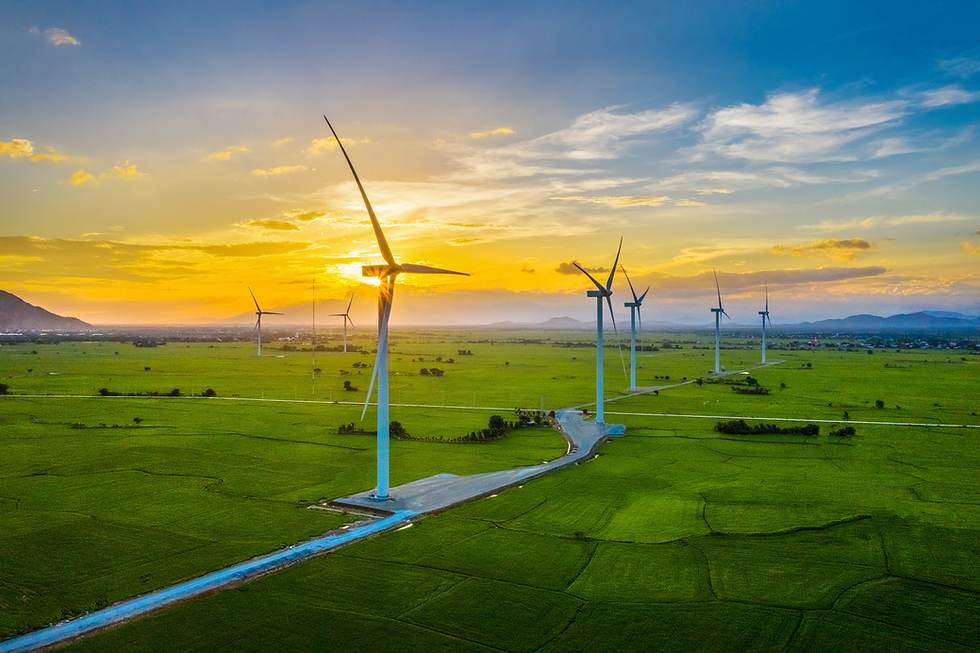Who We Are
Resilience Impact Capital (RIC) was founded on a simple but powerful belief: building environmental resilience represents the greatest investment opportunity of our time.
We align capital with the urgent need to restore ecosystems, strengthen communities, and build sustainable infrastructure.

Our Structure
RIC is built with an institutional-grade governance model:
Resilience Impact Capital, L.P. (Fund):
The flagship vehicle where investors commit capital.
Resilience Impact Capital GP, LLC:
Oversees fiduciary responsibilities, strategy, and investment decisions.
Resilience Impact Capital Management Co, LLC:
Handles day-to-day management, sourcing, operations, and team alignment
.png)
Mission Statement
Our mission is to unlock institutional capital for resilience at scale—mobilizing resources that regenerate nature, reduce climate risk, and deliver long-term returns for our investors.
Our Focus
We invest in three intersecting sectors that define the future ofAmerica:
Natural Capital
From wildfire reforestation to watershed protection, we transform degraded land into investable assets.
Circular Economy
Biochar, advanced recycling, and waste-to-value platforms that create commodities and credits.
Sustainable Infrastructure
Distributed water and energy systems, wildfire mitigation, and adaptive urban infrastructure.
Our Leadership
Brett McGonegal, Investment Advisor — Seasoned investor with a background in private equity.
Dr. Emily S. Weeks, Founder — Global resilience finance leader, with deep networks across U.S. government, DFIs, and the private sector.

